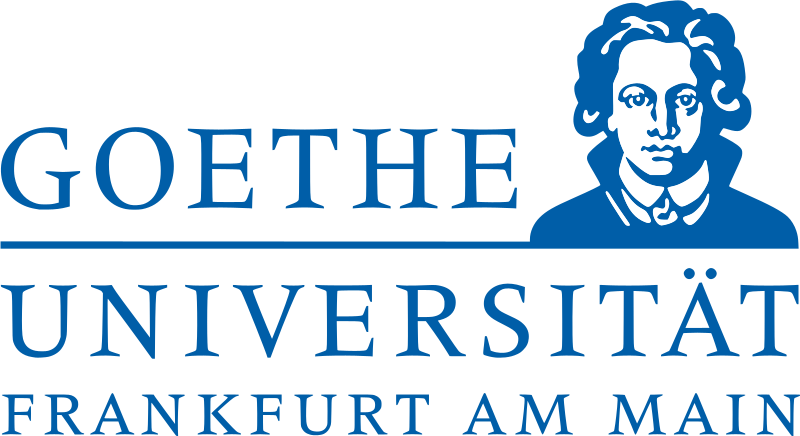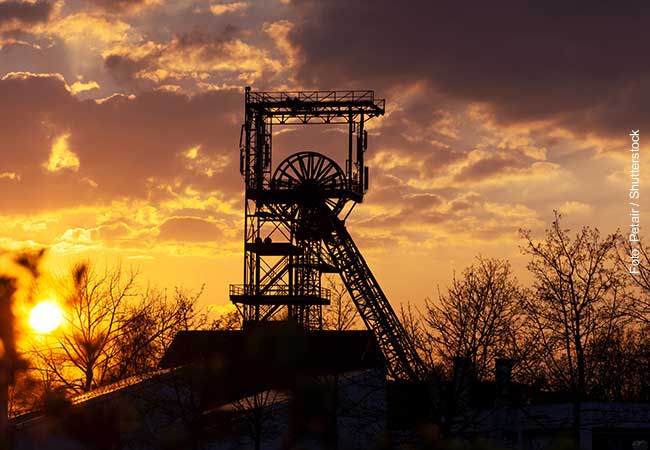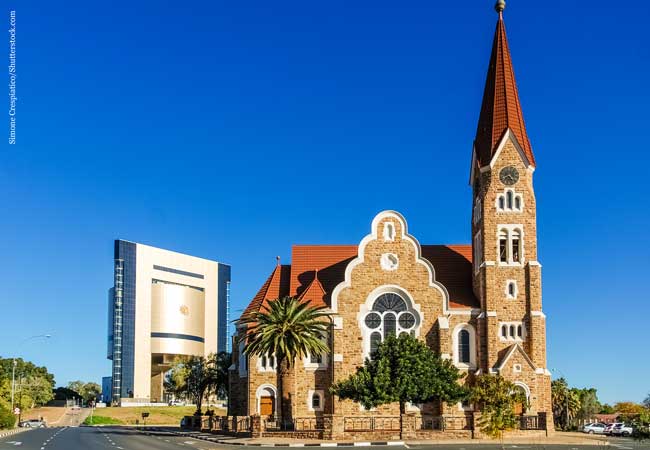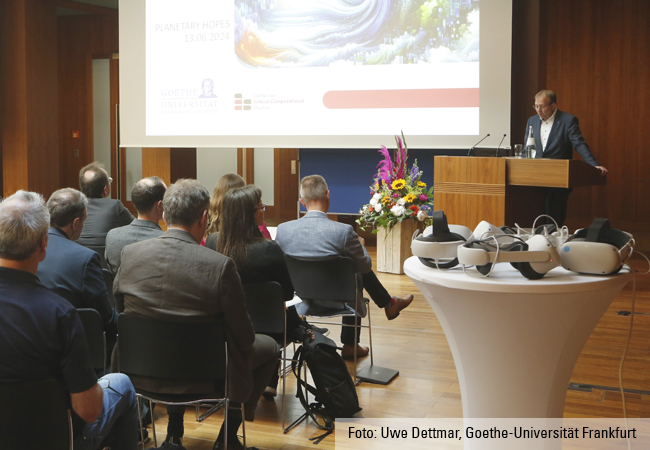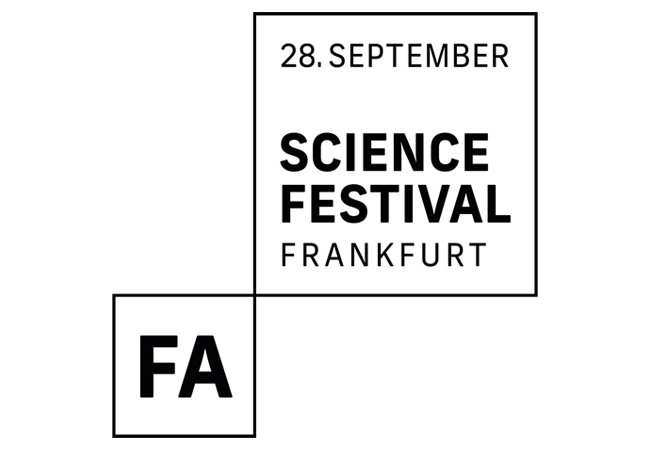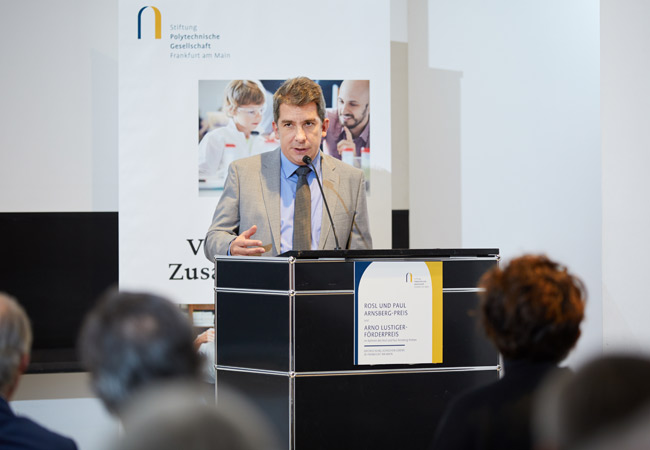
Dr Tobias Freimüller, Deputy Director of the Fritz Bauer Institute at Goethe University has been awarded the 2019 Rosl and Paul Arnsberg Prize from the Polytechnic Foundation of Frankfurt am Main. The award, which is given every three years, recognizes outstanding research on the history of Jewish citizens in Frankfurt.
Tobias Freimüller received the prize for his 2019 study on the history of Jewish life in Frankfurt after 1945, which was the thesis of his postdoctoral qualification in the Faculty of Philosophy and History at Goethe University. The book will be published in the spring of 2020 with the title “Frankfurt und die Juden. Neuanfänge und Fremdheitserfahrungen 1945-1990“ (Frankfurt and Jews: New Beginnings and Experiences of Alienation 1945-1990), as the first volume of the series “Studien zur Geschichte und Wirkung des Holocaust“ (Studies on the History and Impact of the Holocaust) by Wallstein-Verlag.
“The work paints a highly differentiated picture of the complex relationships of Jews among themselves and with non-Jewish German society after the Shoah,” said the jury, chaired by Professor Mirjam Wenzel, Director of the Jewish Museum and honorary professor at Goethe University, in praise of the winner. Freimüller’s work, furthermore, has the potential of becoming a standard work.
Before 1933, Frankfurt am Main had the largest percentage of Jewish citizens in Germany, and its Jewish community was the second largest in Germany following Berlin. In finance, education, science, and through numerous associations and foundations, Jewish citizens influenced the city of Frankfurt in a distinct way. At the end of the war in the spring of 1945, the persecution, deportation and murder of Jews had completely destroyed this diverse culture. Had there once been almost 30,000 Jewish citizens in Frankfurt, now only 100 to 200 remained in the destroyed city.
A larger number of Jewish “Displaced Persons“ (DP) joined the few survivors who had quickly re-founded the Jewish community after the war. These DPs were refugees from Eastern Europe who saw in the American Headquarters in Frankfurt a gateway to their future lives. From here, they hoped to be able to travel to America, Palestine or other countries. But since this path was barred for the time being, thousands of Jewish DPs lived for several years in a hurriedly set-up camp in Frankfurt-Zeilsheim. At the same time, the first Frankfurt Jewish survivors began to return from exile, having been expressly encouraged to do so by Frankfurt’s Mayor Walter Kolb.
In his study, Tobias Freimüller depicts how institutions and a social place for Jewish life were gradually able to be established in Frankfurt in the following years. On the one hand, the city serves as a typical example of Jewish post-war history in the Federal Republic of Germany, as a place where the conflict situations of Jewish post-war history can be seen under a magnifying glass. But Frankfurt was also an exception. Under the protection of the American occupying forces, a network of Jewish institutions was quick to form, later including an intellectual scene whose lighthouse was the Institute for Social Research, which had returned from exile. Nonetheless, the relationship between Jewish and non-Jewish citizens in Frankfurt remained particularly conflictive. Highlights of these disputes were the sensational blockade of the premiere of the play “Der Müll, die Stadt und der Tod” by Rainer Werner Fassbinder by the Jewish community in autumn 1985, and the Börneplatz conflict in 1987.
Where, after the end of National Socialism, and in what form did a memory of local Judaism still exist that could be taken up? How should Jewish places of memory that still existed in the city’s topography be handled? How did the integration of the Holocaust survivors who fled Eastern Europe after the end of the war succeed, and why did the “second generation” of Jews since the 1960s articulate themselves so clearly in Frankfurt in particular? German-Jewish post-war history appears in the example of Frankfurt as a multi-faceted history of migration, conflict, and new intellectual beginnings, out of which a new Jewish consciousness ultimately developed in the 1980s.
The Rosl and Paul Arnsberg Prize from the Polytechnic Foundation of Frankfurt am Main was created in 2008 and has now been awarded for the sixth time. It is advertised internationally, and is dedicated to outstanding research on the history of Jewish life in Frankfurt. The prize is endowed with € 10,000.
Further information: Dr Tobias Freimüller, Deputy Director of the Fritz Bauer Institute, Goethe University An-Institut, Westend Campus, Tel- +49 69/798 322-31, E-Mail freimueller@em.uni-frankfurt.de, Homepage www.fritz-bauer-institut.de
